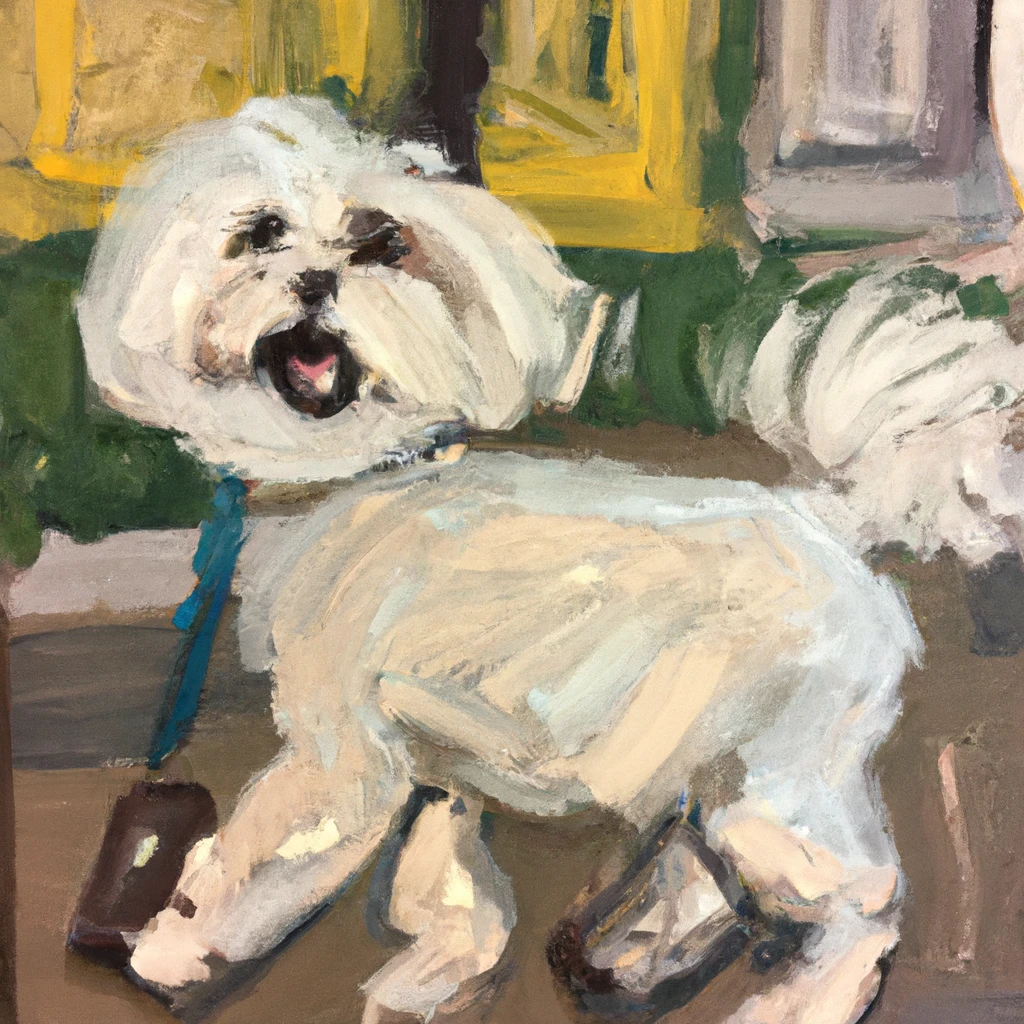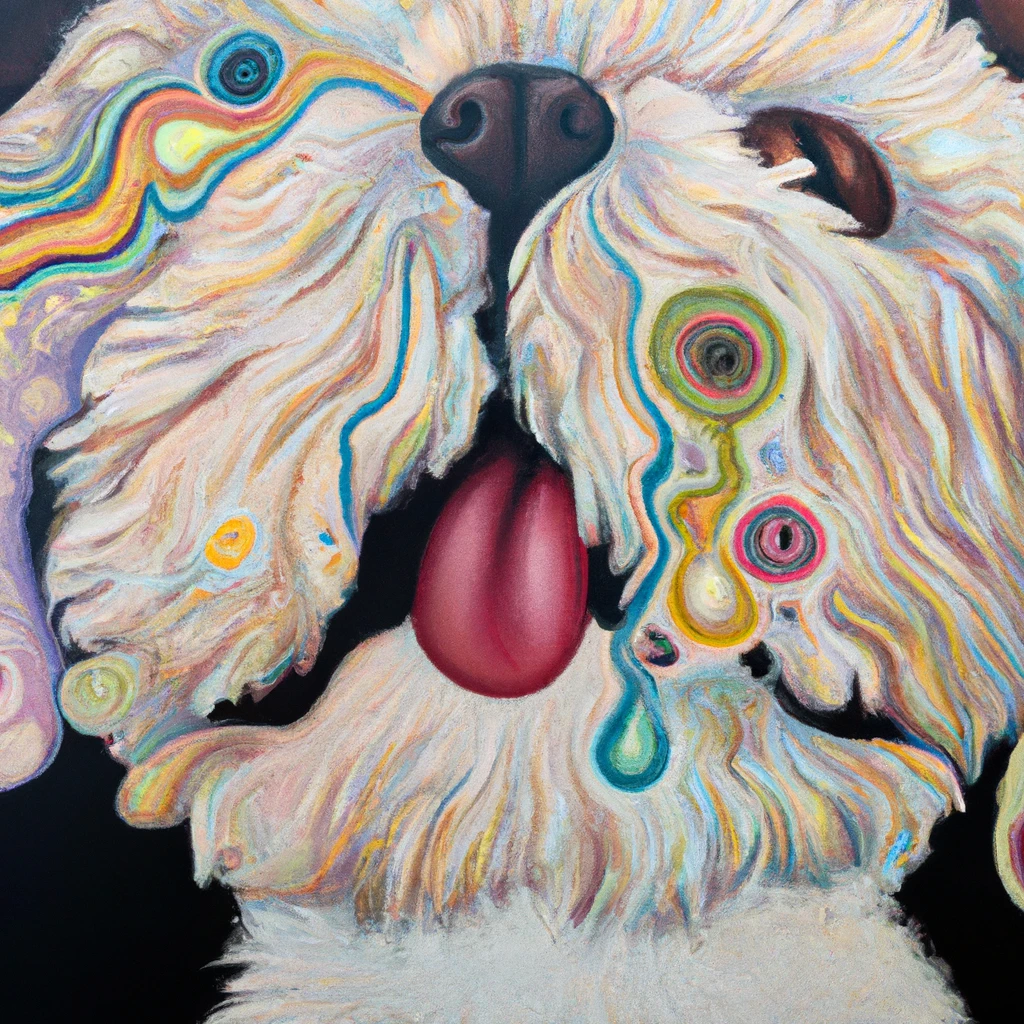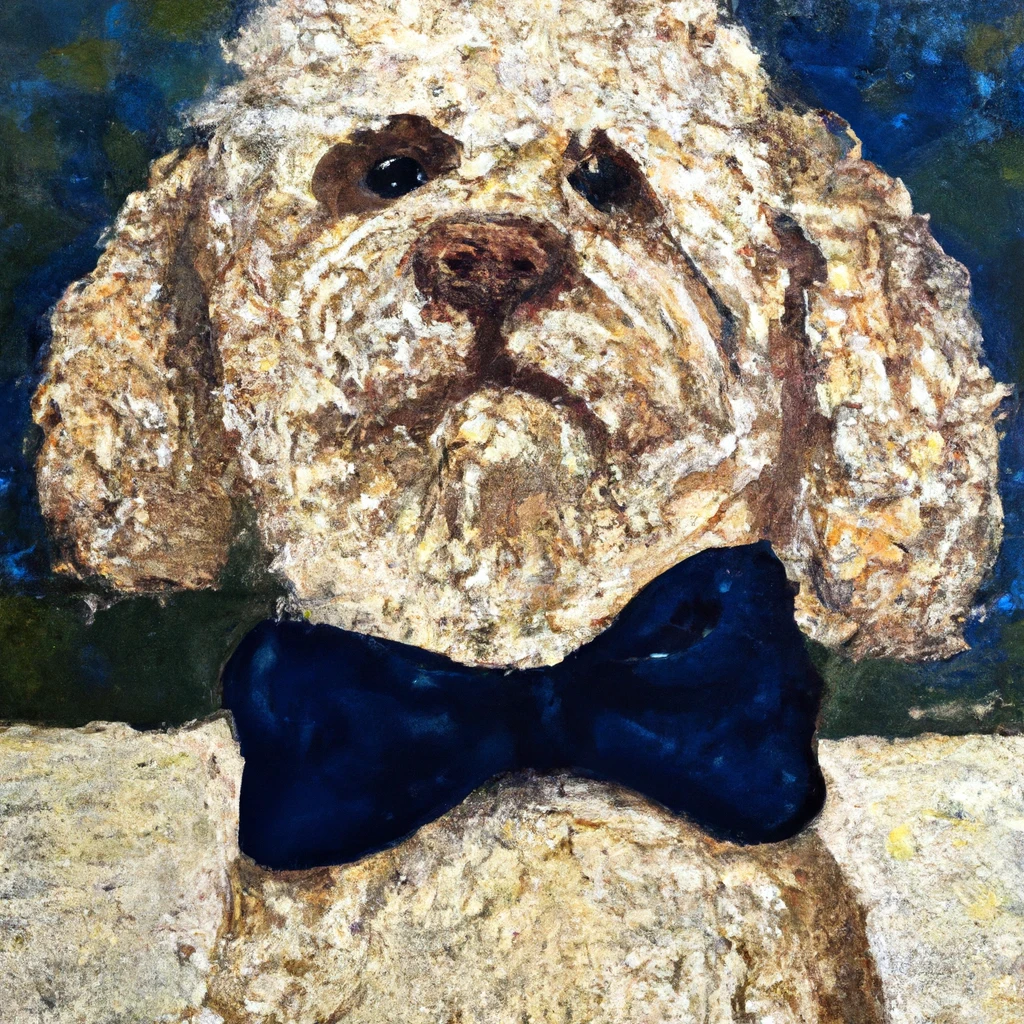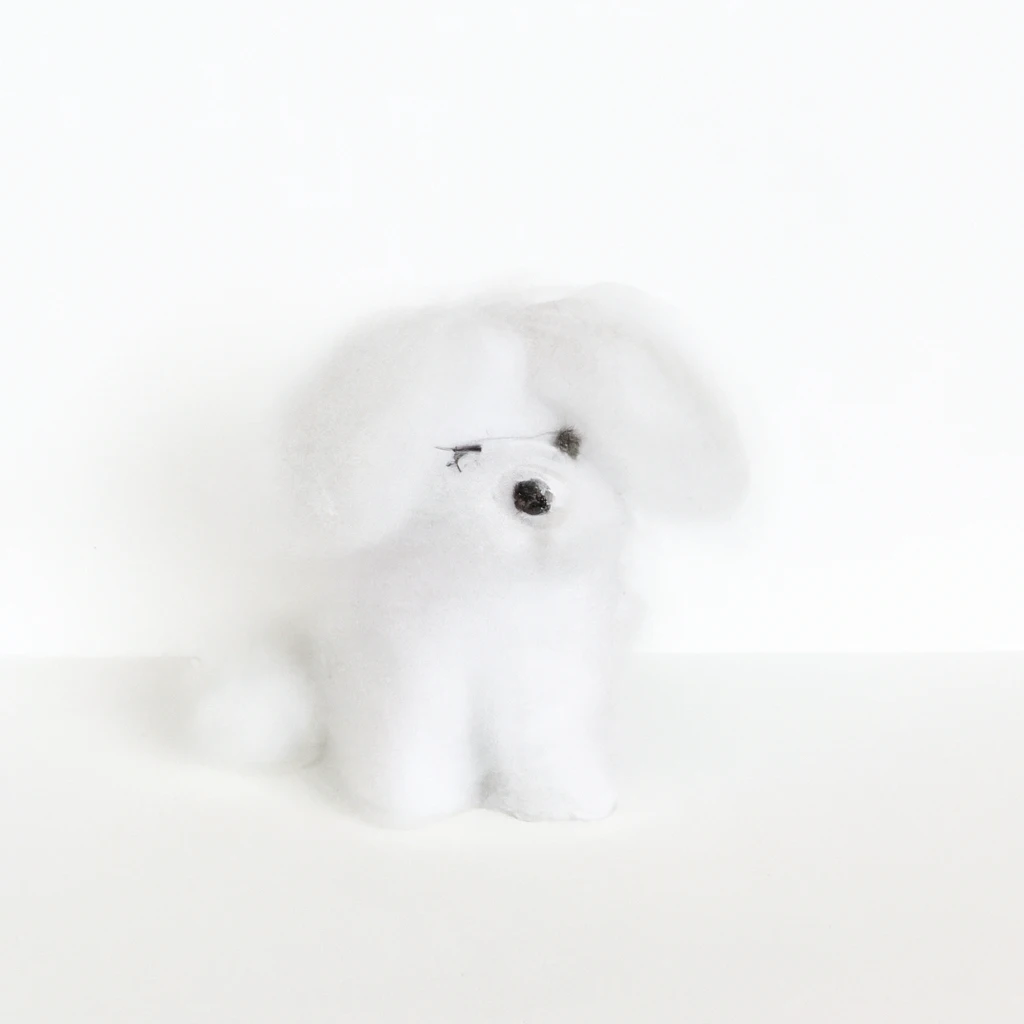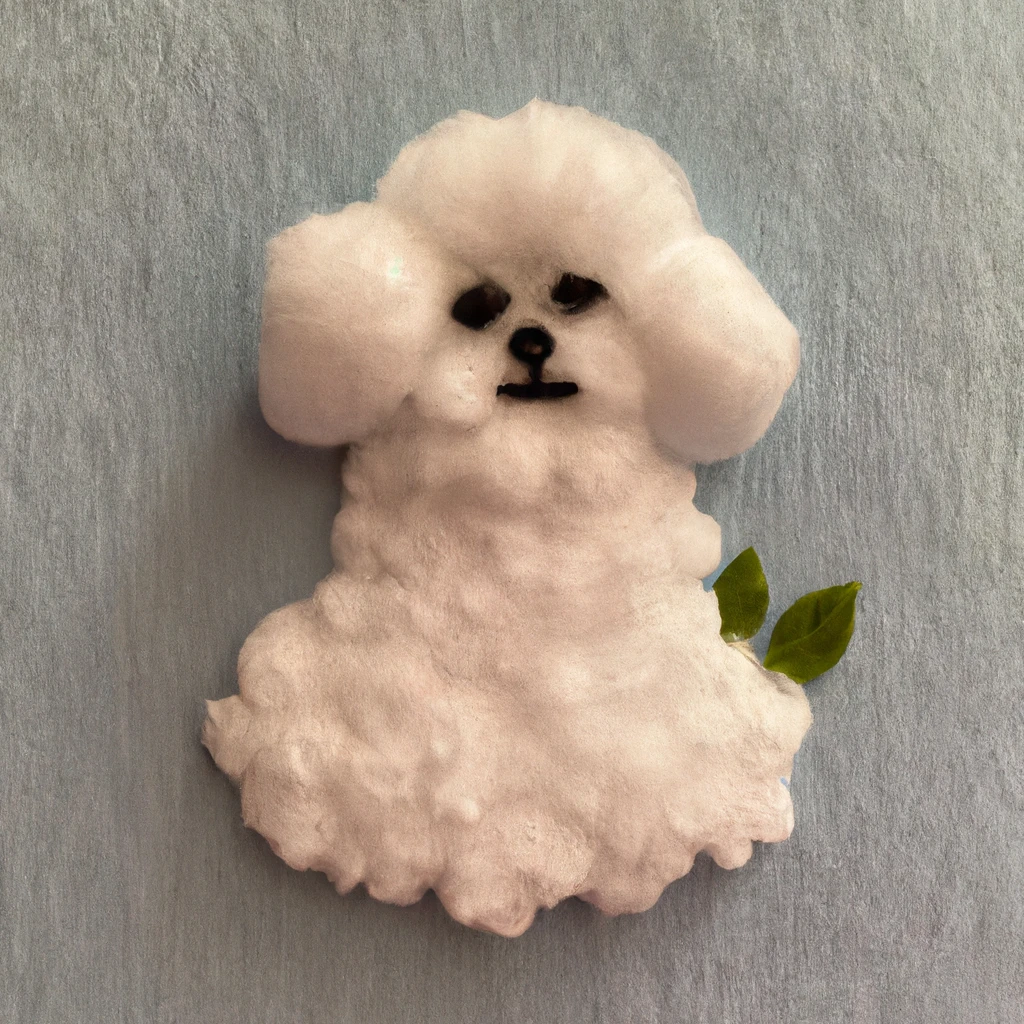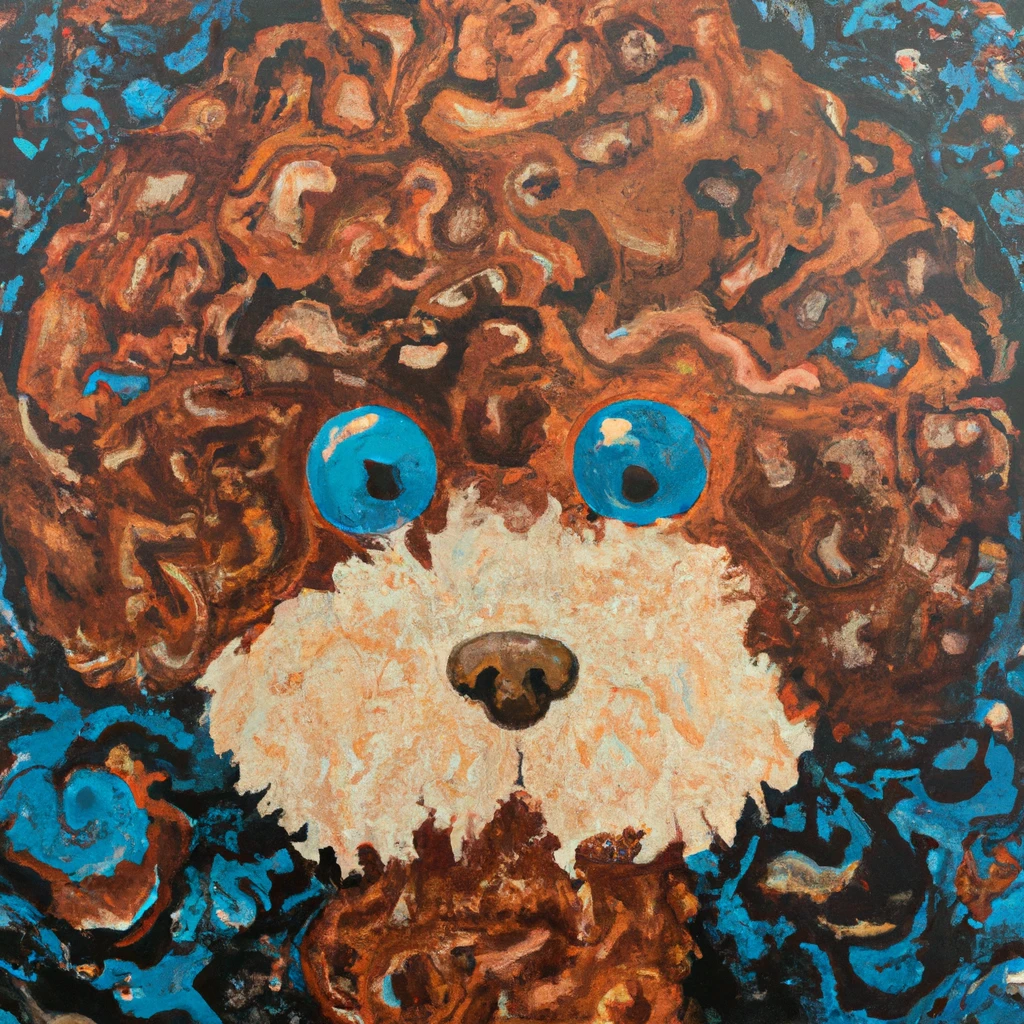Dog owners often face a variety of health concerns with their furry friends, one of which may include the appearance and growth of warts. While warts themselves are fairly common in dogs, a bleeding wart can understandably lead to alarm and concerns about your dog’s health.
What are Warts in Dogs?
Warts, scientifically known as Canine Papillomas, are small skin growths that can appear anywhere on a dog’s body, but are most commonly found on the mouth, face, paws, or belly. They are typically caused by the canine papillomavirus (CPV), a virus that can be transmitted between dogs through direct contact. However, it is important to note that CPV cannot be transmitted to humans or other species.
Warts can vary in appearance. They might be rough and cauliflower-like or appear as a smooth and rounded lump. Some are solitary, while others cluster together. They are generally benign, but on rare occasions, they can become malignant.
Why Does a Dog’s Wart Grow and Bleed?
There can be a few reasons why a dog’s wart might start to grow or bleed.
- Irritation and Trauma: One of the most common reasons for a bleeding wart is simple physical trauma. A dog might scratch, bite, or otherwise irritate the wart, causing it to bleed. Warts in areas where they can rub against things, like on the paws or belly, are more likely to get irritated and bleed.
- Infection: A wart might bleed if it becomes infected. Dogs that chew or scratch at their warts can introduce bacteria into the wart, leading to infection. Signs of an infected wart include redness, swelling, pus, and an increase in the size of the wart.
- Malignancy: Although rare, a wart that grows and bleeds might be a sign of a malignant tumor. This is not the most common reason, but it’s something that dog owners should be aware of.
What to Do if Your Dog’s Wart is Growing and Bleeding?
If you notice your dog’s wart is growing rapidly, bleeding, or appears to be causing discomfort to your pet, it’s important to seek veterinary attention. A vet will likely perform a biopsy, a simple procedure where a small piece of the wart is taken for testing. This can help determine if the wart is benign or malignant.
If the wart is benign but causing discomfort or infection risk, a vet might opt to remove it. This can be done through surgery, laser removal, or cryotherapy (freezing the wart off).
On the other hand, if the wart is found to be malignant, a more aggressive treatment plan may be required, potentially involving surgery, radiation, or chemotherapy.
Preventing Warts in Dogs
There’s no surefire way to prevent warts, but maintaining a healthy immune system can help. This includes a balanced diet, regular exercise, and routine veterinary check-ups. Puppies and elderly dogs are more prone to warts as their immune systems are weaker.
Keep in mind that warts can be contagious among dogs. If your dog has a wart, it’s best to avoid direct contact with other dogs until the wart is gone.
Conclusion
While a growing and bleeding wart can be concerning, remember that many warts are benign and treatable. If your dog has a wart that is causing concern, consult with your veterinarian to decide the best course of action. Regular check-ups can also help catch any unusual skin growths early, giving your pet the best chance of a positive outcome. Always remember, when it comes to your pet’s health, vigilance and swift action are
key.

